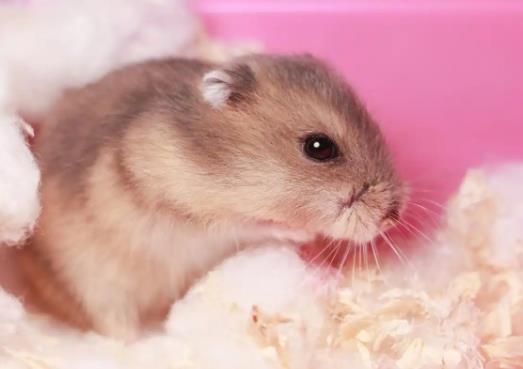When hamsters are in heat, they exhibit various changes in behavior and physical signs. When a male hamster is in heat, its testicles will enlarge, the scent gland secretion will increase, emitting a unique odor, and it will smear the scent gland around to attract female hamsters. They will also frequently chase after female hamsters, show enhanced territorial awareness, and may make more frequent calls or calls with specific tones. When a female hamster is in heat, its tail will be frequently raised, the vulva will be swollen, and it will accept the chasing and courtship behaviors of male hamsters. Their physical contact will also increase, such as licking each other and embracing.

The estrus cycle of hamsters is generally 3 to 4 days. Male hamsters can be in heat every day, while female hamsters need to have an interval of 3 to 4 days between each estrus period before they can come into heat again.
The methods to determine whether a hamster is in heat include observing its behavioral changes. Male hamsters will become very active, running around, scratching and gnawing at the cage, with increased secretion from the scent gland and emitting a unique odor. Female hamsters, on the other hand, will frequently raise their tails, have a swollen vulva, and accept the chasing and courtship behaviors of male hamsters.
The main impact of not allowing hamsters to mate during estrus is to avoid unnecessary breeding behaviors. If you don't want hamsters to reproduce, you can keep male and female hamsters separately during the estrus period to ensure that their living environment and dietary conditions are good, and to maintain their health and well-being.
